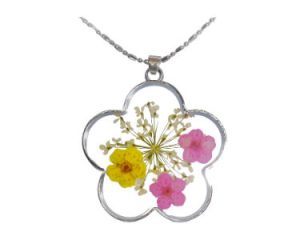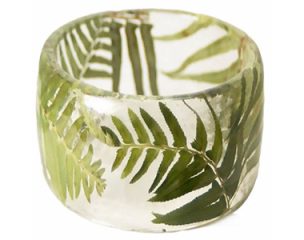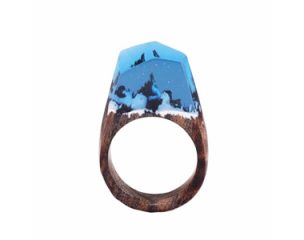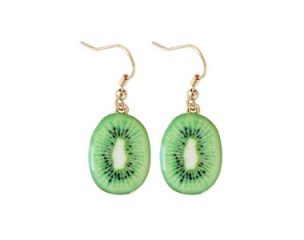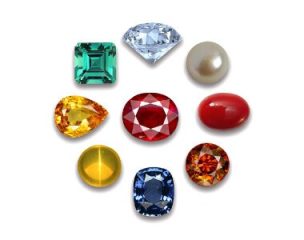Jewellery forms are mostly made from silicone.
We use these forms (moulds) to cast our jewellery from urethane resin, epoxy resin, Art Clay etc. These materials do not stick to the silicone at all. So as any other materials.
Nevertheless, the silicone moulds also play an important role in the casting of classic metal jewellery. Because, for the metal casting, a sample from wax must be made first, which is also casted into a silicone mould.
This process requires a special silicone that can withstand the temperature of the melted wax. From other aspects, the jewellery moulds should be durable and have a very good and accurate reproductive ability.
That means that those must be able to return the original master copy with an accuracy of micron mm. In addition, the jewelleries are generally chiselled with fine patterns, so the forms should be designed the way that the casted piece can be easily removed from.
Create your custom pendants with silicone pendant moulds.
For this, you can use almost any castable material.
Given that a pendant is usually only a few cm3, you can make a lot even from the smallest kit of our resins.
When you select the bracelet moulds, pay attention to the internal size.
If you buy a narrow one it may not fit to your arm.
There is a so-called open shape mould too, with which you can cast a really special and variable size bracelet.
Another option is to use a slightly flexible material, the epoxy resin of variable hardness that allows you to create flexible or bendable bracelet.
Making a custom ring is perhaps the most exciting challenge.
This can be quite a personal gift.
With these ring moulds, you can create a memories that are certainly not available anywhere.
With these moulds, you can mostly create unique earrings for women.
Be carefull, it is also necessary to purchase an earring socket and clasp for completion.
Here you will find jewellery moulds that are not classified elsewhere or with which you can cast parts of other jewelleries.
For example, key ring, unique décor button, jewellery stone.
Manual and user instruction for maintenance of the jewellery mould:
- As a first step, we need to determine how much material to mix before casting.
Just fill the mould with water and measure the volume or weight. Since the density of the resin available in our webshop is almost the same as that of water, mix a little more (about 5%) resin. Just to ensure the sufficient quantity because of the loss as a result of leftover remaining on the mixing equipment. - It is worth washing and cleaning the mould before the application.
- If it has been in contact with a greasy, oily substance, it is best to clean it with isopropyl alcohol. It is a very strong liposolver.
- Dry the jewellery mould before you use it. Hairdryer can speed up the process.
- In many cases, especially pendants, but generally flat, sheet-shaped pieces requires a precice horizontal positioning. Otherwise the casted item will be useless. Therefore, place mould on a plastic rigid plate, which you can set in the right position. Polypropylene is the best choice for plastic sheets because it does not stick to any resin.
- Apply a suitable mould release agent to extend the life of the jewellery mould.
- After you finish your project, demould your piece and clean the jewellery mould with lukewarm water.
- After drying, store in a box in a stress-free position so that it does not squeeze. Although silicone is flexible, it could be deformed during prolonged storage impacted from even a light force.
